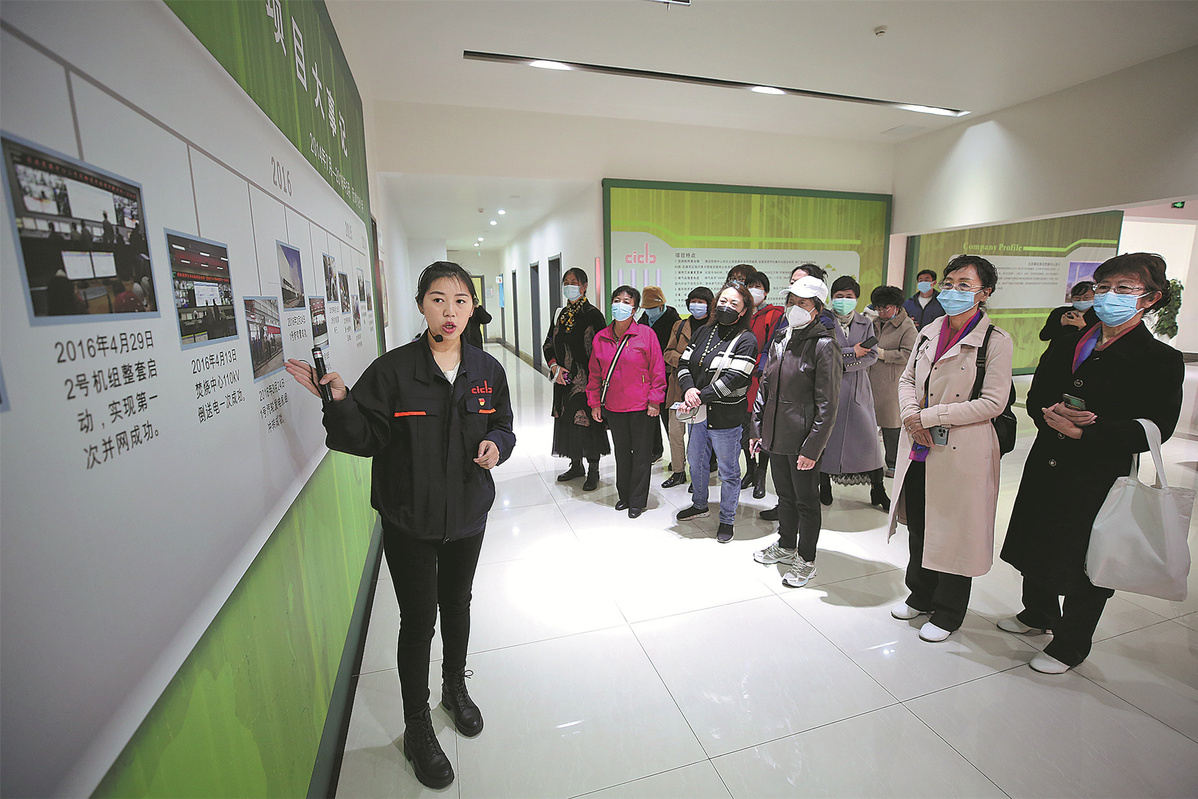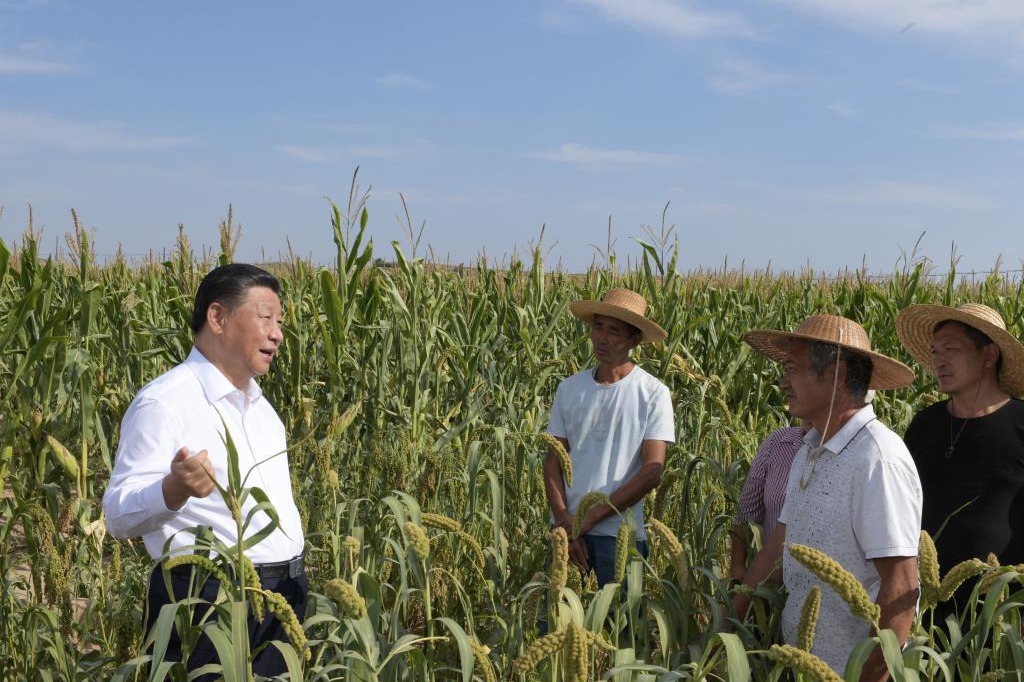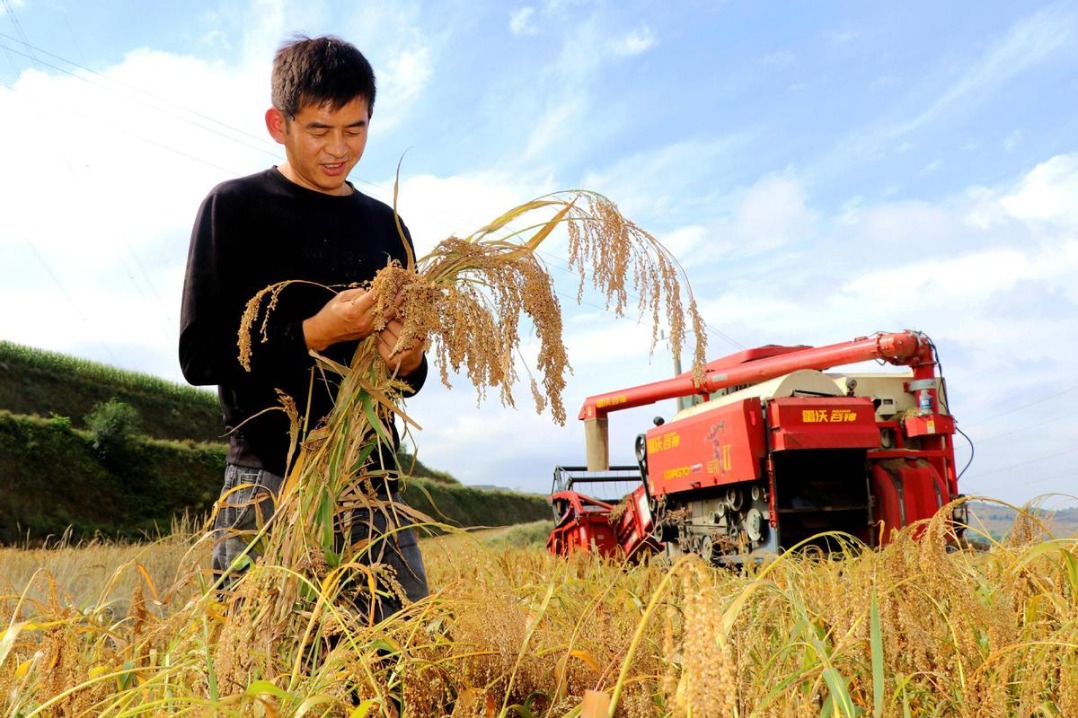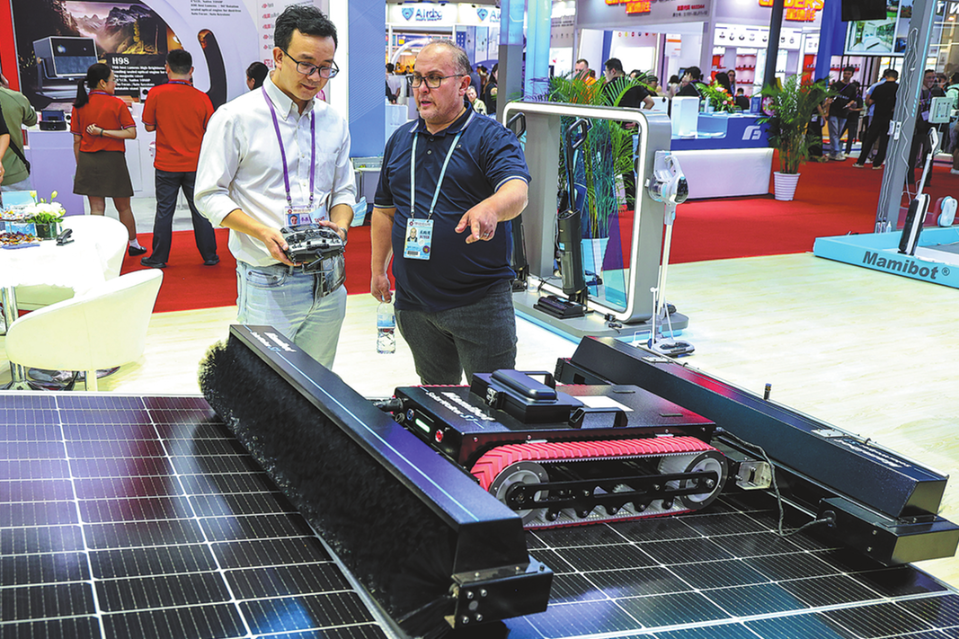Eco-protection boosted by open waste disposal units

Residents can see how household trash is used to generate electricity as the nation works to perfect a greener style of living. Hou Liqiang reports.
'Astonishing!" That was the reaction of some members of a 30-strong group of visitors as they looked through a glass wall at a huge pile of domestic waste that was set to be incinerated to generate electricity.
"I thought I only threw away a small amount of waste, and I didn't expect that it would eventually become part of such a mound," said Hou Yulai, a kindergarten teacher from Cuigezhuang township in Beijing's Chaoyang district, as three large mechanical claws busily added more waste to the pile.
The machines work around the clock. Every time they move, each one grabs 8 metric tons of waste, enough to fill a regular truck.
Welcome to the Clean Incineration Center in Chaoyang, where 1,800 tons of waste are incinerated every day to generate electricity.
As China strives to encourage even greater public participation in environmental governance and the construction of an ecological civilization, the facility is just one of more than 2,000 that have been opened to the public nationwide.
The concept of "ecological civilization" has been promoted by President Xi Jinping. It aims to push balanced, sustainable development featuring the harmonious coexistence of humanity and nature. One of the 10 tenets of Xi Jinping Thought on Ecological Civilization is the transformation of the Beautiful China Initiative into voluntary action by every Chinese person.

The "Opening Environmental Protection Facilities to the Public" mechanism was launched in May 2017, when the Ministry of Ecology and Environment and the Ministry of Housing and Urban-Rural Development issued a guideline that ordered prefecture-level cities to open one of each type of four environmental facilities — those for environmental monitoring; sewage treatment; domestic waste disposal; and the disposal of hazardous waste and abandoned home appliances — by the end of 2020.
"All the facilities should be open to the public at least once every month," the document said. "More opportunities should be provided in accordance with the number of people that have made appointments."
All members of the group Hou joined came from Chaoyang's Dongzhou community. The local neighborhood committee organized the trip and made the appointment for the visit.

Easier access
Currently, 2,101 environmental protection facilities nationwide are open to the public, said Dong Wenxuan, head of the division of general affairs at the Ministry of Ecology and Environment's department of communications and education.
There are such facilities in all prefecture-level cities across the country now, she added.
With the support of the ministry, some regions have also started introducing the mechanism in county-level cities, she said.
For example, in Zhejiang province, at least one environmental facility has been opened to the public in every county-level city that is home to the four types of facilities mentioned in the 2017 guideline. Meanwhile, in Xianyang, Shaanxi province, 42 such facilities have been opened to the public in county-level cities under its jurisdiction.
Previously, people mainly gained access to these facilities by making appointments via phone calls. However, on March 1 last year, the Ministry of Ecology and Environment launched a WeChat mini-program — a subapplication within the app's ecosystem — to facilitate the booking of appointments for visits to such facilities.
As a result, people can make appointments to visit 2,050 environmental facilities across the country via the mini-program.
Dong said some environmental facilities also provided virtual tours during the COVID-19 epidemic. By the end of last year, 175 million people had either visited environmental facilities in person or taken virtual tours of establishments.
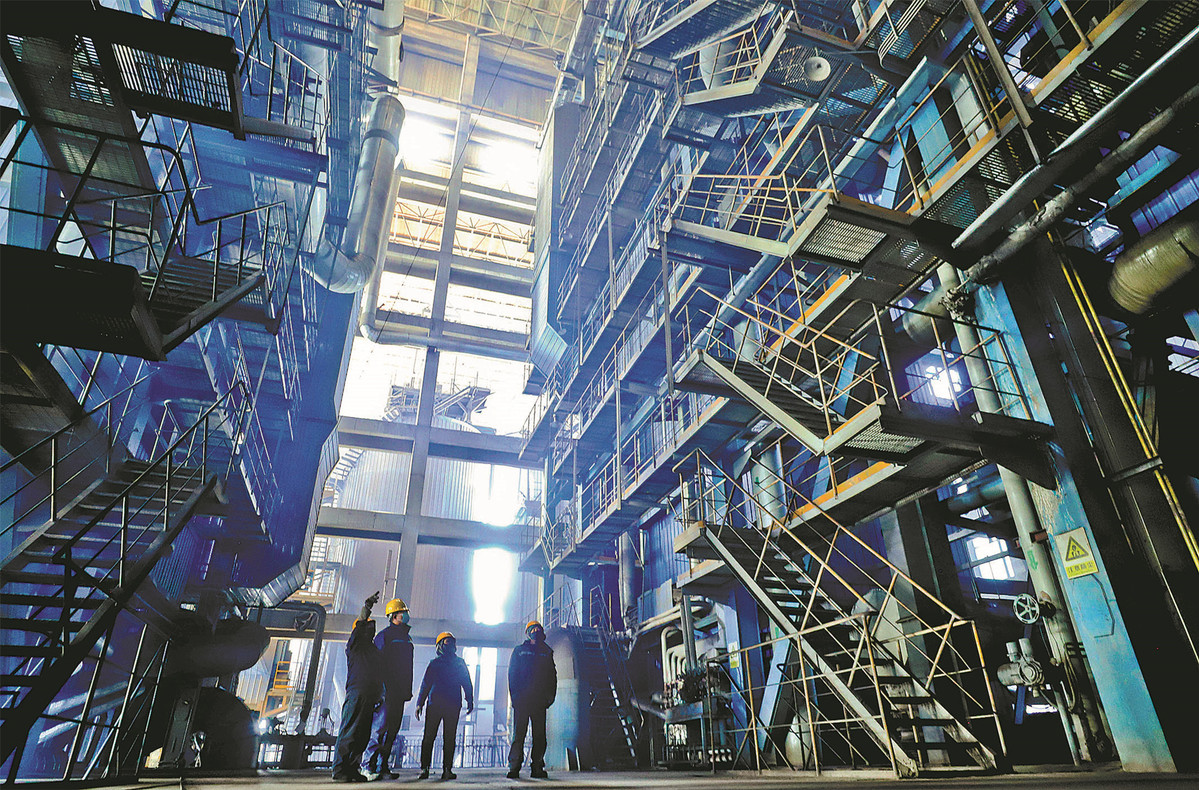
She noted that domestic waste disposal plants are among the most popular sites.
At present, 304 waste-to-energy power plants across the country are open to the public, and some have even become popular destinations for exercise and leisure, she said, citing the Changzhou waste-to-energy project in Changzhou, Jiangsu province, as an example. Built near urban residential communities, it is an unfenced, open, community-friendly site, she said.
In addition to opening its waste-to-energy facility regularly, the plant allows residents of nearby communities free access to its outdoor fitness equipment, children's playground, basketball court and garden.
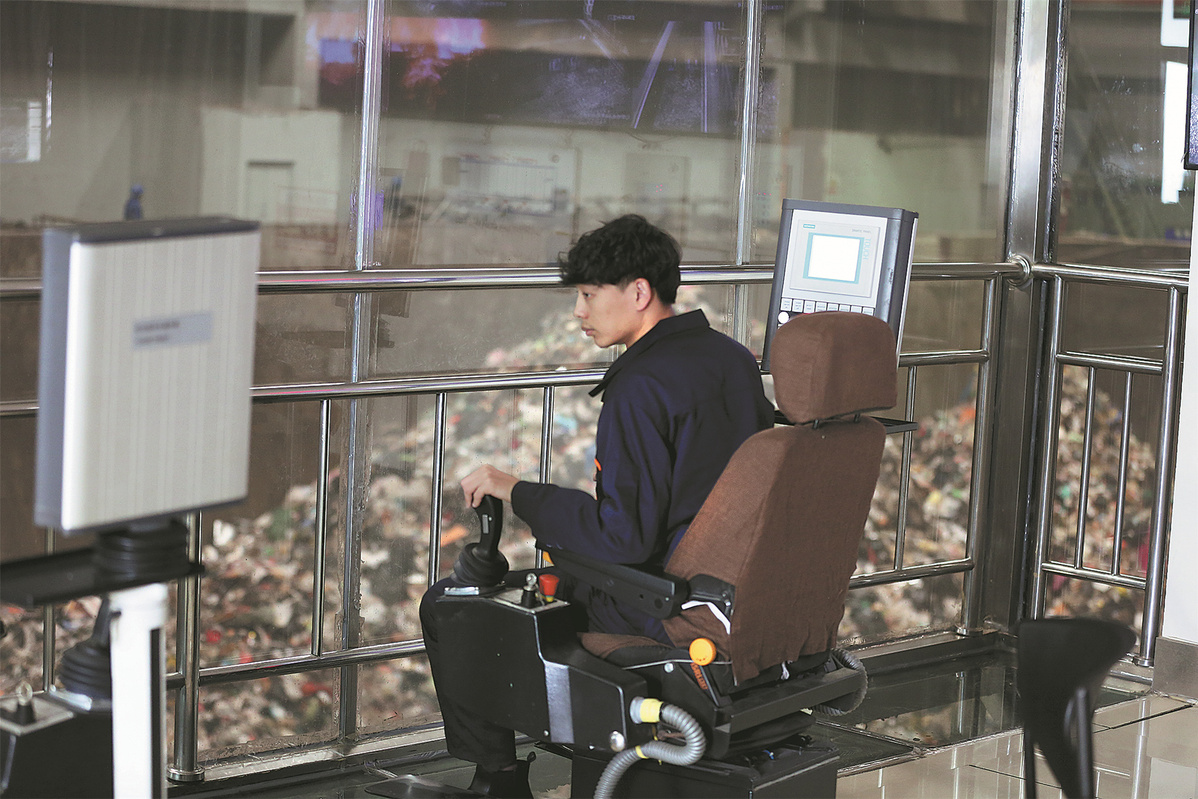
Growing popularity
Like the Clean Incineration Center in Chaoyang, the Lujiashan Circular Economy (Venous Industry) Base, also in Beijing, is home to a waste-to-energy power plant and a kitchen waste disposal facility. It is also a popular tourist attraction.
"From 2014 to 2019, the number of visitors rose every year," said Shougang Environment Industry, the company that runs the base, in response to questions from China Daily. From 2014 to 2019, the base received 34,500 visitors in about 1,200 batches, it said.
Despite the impact of the COVID-19 epidemic, which broke out at the end of 2019, the base still received more than 6,300 visitors in roughly 240 batches from 2020 to 2022.
The company said it has seen "a sharp rise" in inquiries about field visits to the base this year from both individuals and institutions. The number of visitors this year is expected to recover to the level prior to the COVID-19 outbreak, it said.
It added that local residents make up the largest visitor group now, accounting for more than 70 percent of the total visitors the base has received.
"The major visitor groups are changing from environmental sector employees and students from middle and primary schools to community residents, and there has been a rapid rise in the number of local visitors," Shougang Environment said.
It added that the changes were especially noticeable after the 19th National Congress of the Communist Party of China in October 2017.
The changes have happened thanks to greater awareness of environmental protection and people's growing enthusiasm for participating in the work, the company said.
The development is in line with the expectations of the Ministry of Ecology and Environment when it launched the mechanism to open such facilities to the public.
"Keeping environmental protection facilities under public scrutiny at all times can further spark people's enthusiasm and initiatives to participate in environmental governance," said Liu Youbin, a ministry spokesman.
He noted that the mechanism can also effectively address the "not in my backyard" phenomenon because the field visits help to dispel people's misconceptions of environmental protection facilities and boost their trust in the facilities' supervising bodies and operators.
Liu also emphasized that the opening of environmental protection facilities to the public is one of the focal points in the ministry's endeavors to beef up the national pollution control campaign and build a modern environmental governance system.
The mechanism can help prompt businesses to fulfill their social responsibilities on environmental protection and proactively disseminate ecological concepts and culture, he said.
It is also expected to play a supporting and supplementary role in the government's environmental supervision work because it helps protect the public's right to know, participate in and even partially supervise the work, he added.

Garbage classification
Bai Yinjie, an official from the Dongzhou neighborhood committee in Chaoyang, welcomed the mechanism because he has found it an effective way of further promoting trash classification within his local community.
Previously, the committee mainly advocated waste sorting by issuing relevant posts, including videos, on its official WeChat account. Occasionally, committee officials have even visited residents' homes to explain how to classify trash, he said.
Many residents suspect that, even though they sort their waste, everything will be mixed together and carried away for disposal. However, field visits to garbage disposal facilities allow people to see that the sorted garbage is disposed of without any changes, he added.
He noted that the committee has organized two visits to the Chaoyang Clean Incineration Center.
"Residents have shown great enthusiasm for taking part," he said. "We will definitely organize more visits."
Hou, the kindergarten teacher, said she heard from an employee at the center that if garbage is not properly sorted it will influence the heating power of the waste and thus negatively affect the facility's power — generation performance.
She said she plans to tell the children in her kindergarten what the classified garbage will be used for, thus encouraging them to better sort their waste.
"We hope that if we first teach the children the correct way to classify garbage, they will influence their families and make their family members undertake the sorting," she said. "If a child develops a good habit, they may keep it all their life and have a lasting influence on their family."
